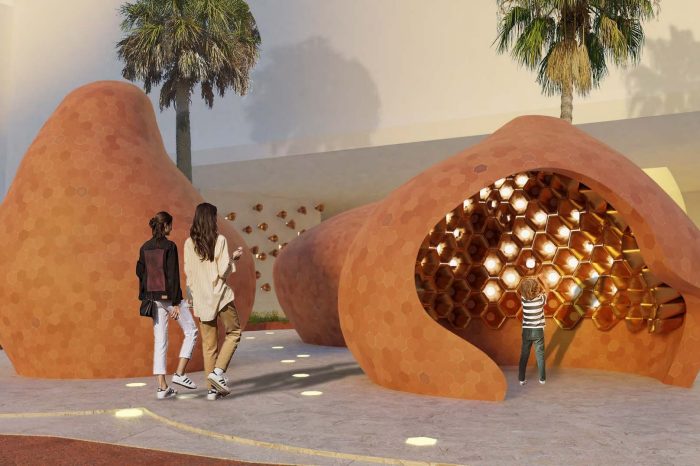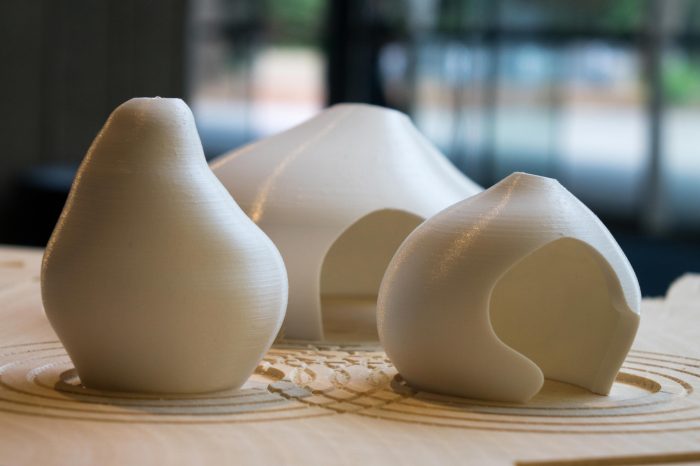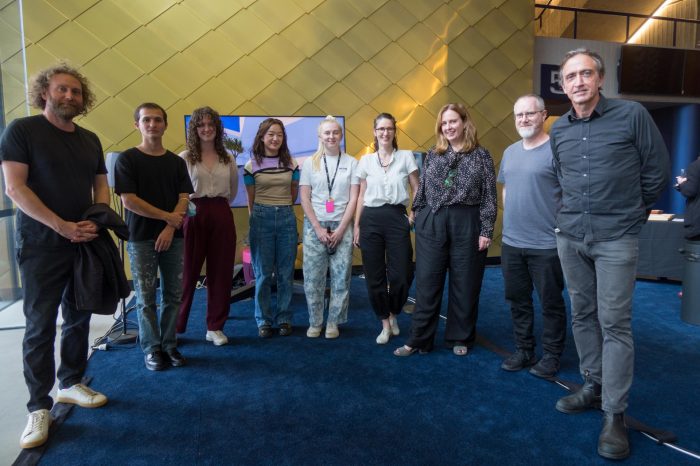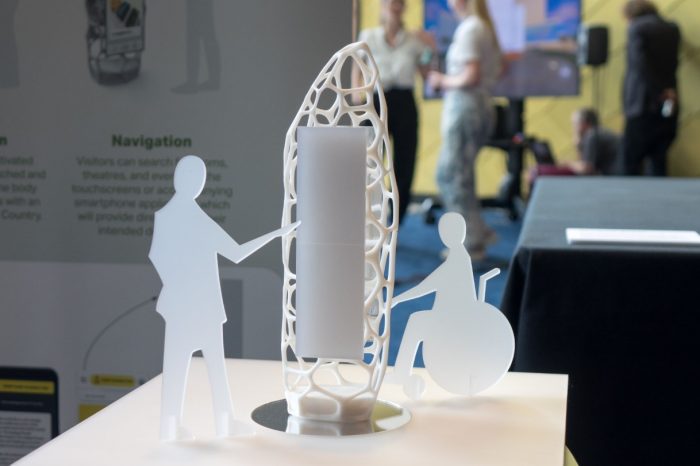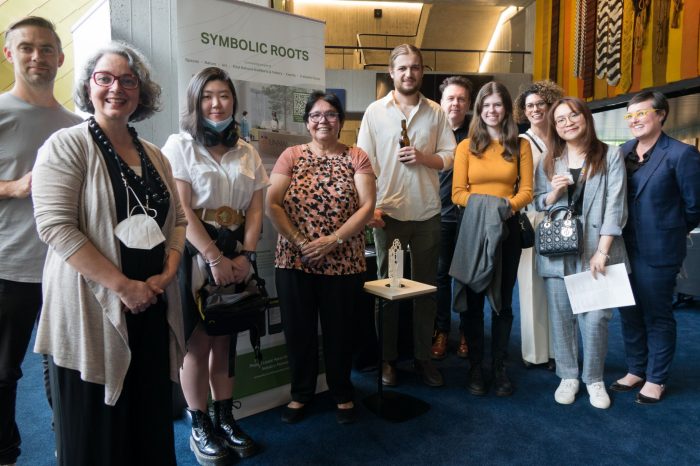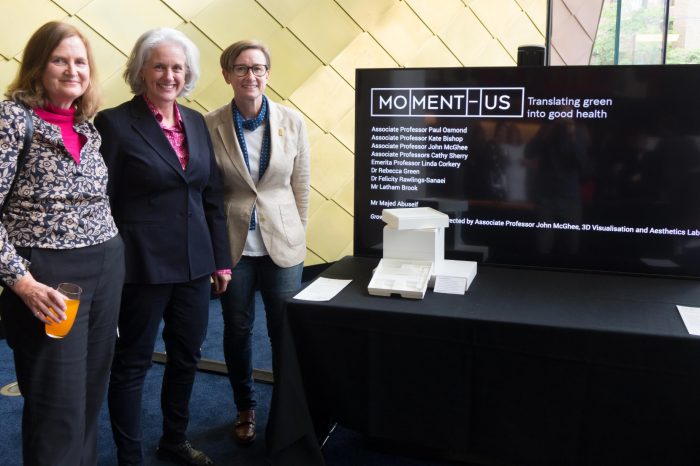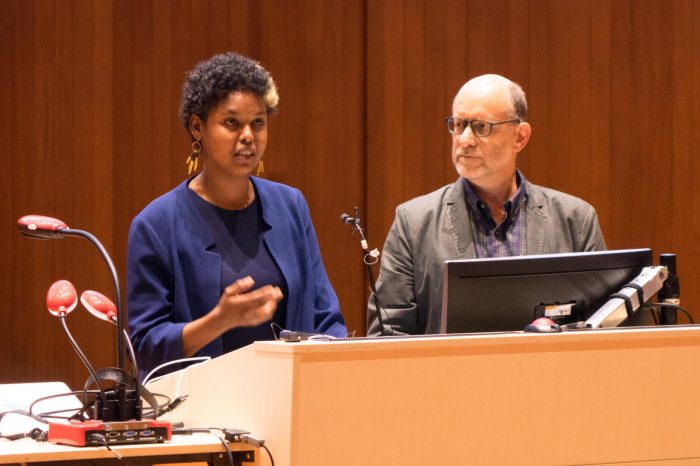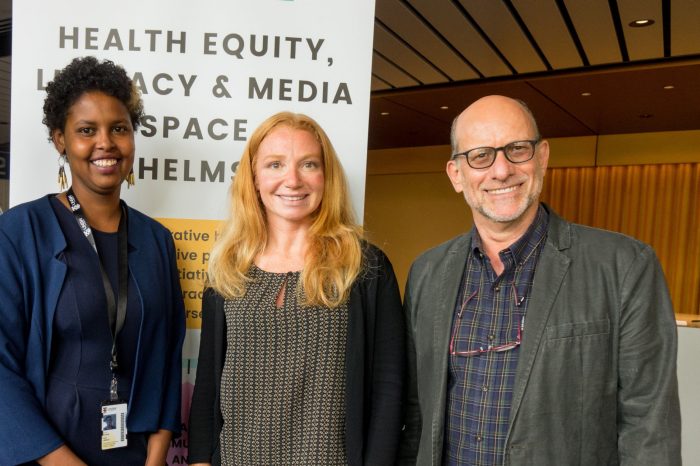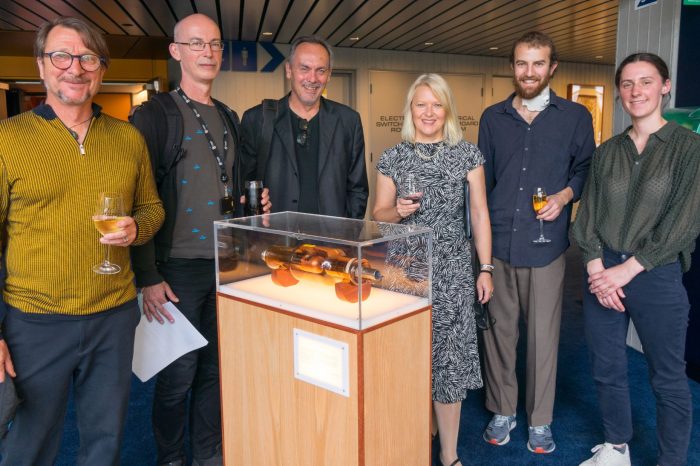UNSW Health Translation Hub
We’re re-imagining health environments.

The problem
Traditional health environments tend to prioritise clinical needs within their design. However, more innovative uses of space can deliver health, educational, and social benefits.
Our approach
The Innovation Hub x UNSW Health Translation Hub project promotes novel, research-driven approaches to space that foster a deeper engagement with our health. The Innovation Hub sponsored seed funding to develop creative strategies for the new UNSW Health Translation Hub building and its open space.
The Health Translation Hub project, as part of the Randwick Health & Innovation Precinct, will enable the rapid translation of research, innovation and education into improved patient care to positively impact the wellbeing of the broader community. It brings together educational and medical researchers, clinicians, educators, industry partners and public health officials.
The design and integration of the building into the wider precinct and community is a complex project for the University and our health partners.
Five grants of $8,000 were awarded to project teams to research, prototype and develop innovative design proposals for the new building. The proposals considered built form and urban design as well as program design that engages with social and cultural interpretations of space.
“By working through The Innovation Hub, we were able to bring together a unique mix of expert knowledge from across our disciplines. Our staff and students were asked to think creatively about the possibilities and recommend some ideas for the University to consider in its planning.” Professor Claire Annesley - Dean, Arts, Design & Architecture
The outcomes
The proposals were:
Breathe, a site-specific sound sculpture that explores our relationship to breath physically, socially and environmentally.
Symbolic Roots, both a wayfinding and social intervention, inspired by roots in nature that reminds us of nature’s importance for fostering healthy lives.
Moment-us, smart green spaces that provide moments of beauty, produce food, manage waste and pilot green technologies.
Health Equity & Literacy Media Spaces (HELMS), physical/virtual spaces that facilitate greater civil society and community engagement with health equity, policy, systems and services with and through media.
Site First, a collection of site- specific art that responds to the building’s function.
Each project team included academic and professional staff, at least one student, and representation from at least two schools within UNSW Arts, Design & Architecture.
Participating students received Creative Confidence Grants, awarded to encourage equity and support a diverse and inclusive staff and student community.
From August to November 2021, teams used seed funding to develop comprehensive project proposals which were presented at the inaugural ADA Innovation Hub Project Showcase held in December 2021 at the Sir John Clancy Auditorium, UNSW Sydney.
Project partners
- Health Precincts, UNSW Medicine & Health
- UNSW Estate Management
Work with us
The UNSW Innovation Hub tackles diverse problem-solving projects, varying in size, complexity and subject matter. We specialise in complex challenges that require collaboration, a design-led approach, and that can’t be addressed by a single discipline.
If you have a project proposal or potential partnership that you would like to discuss, please get in touch.
- Overview
- News
- Our team
- References


